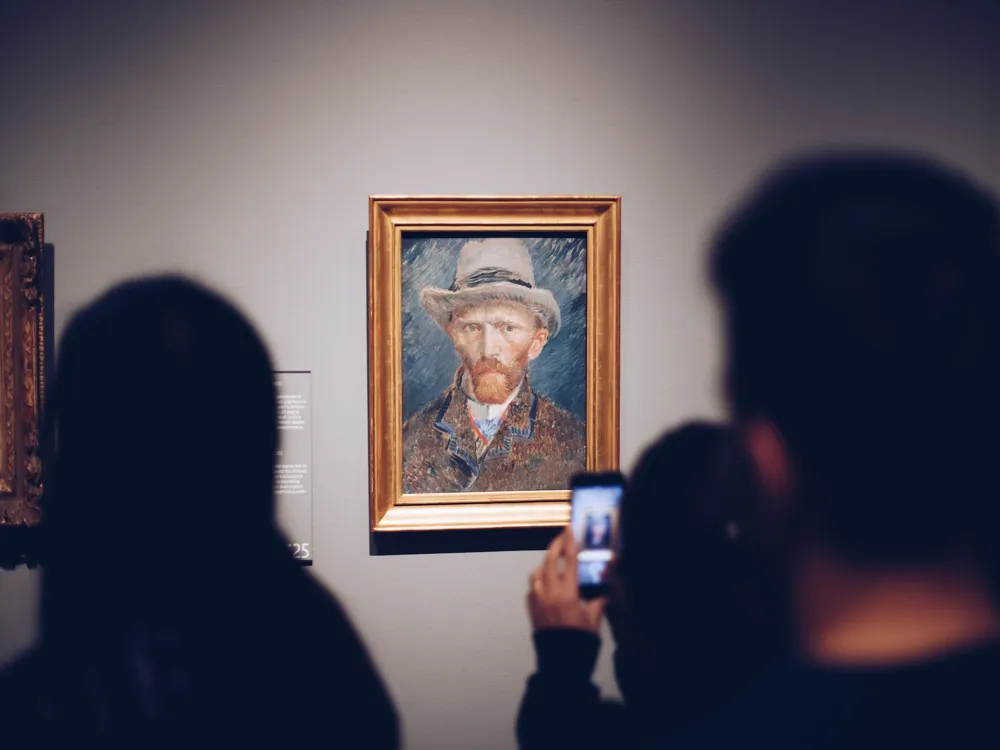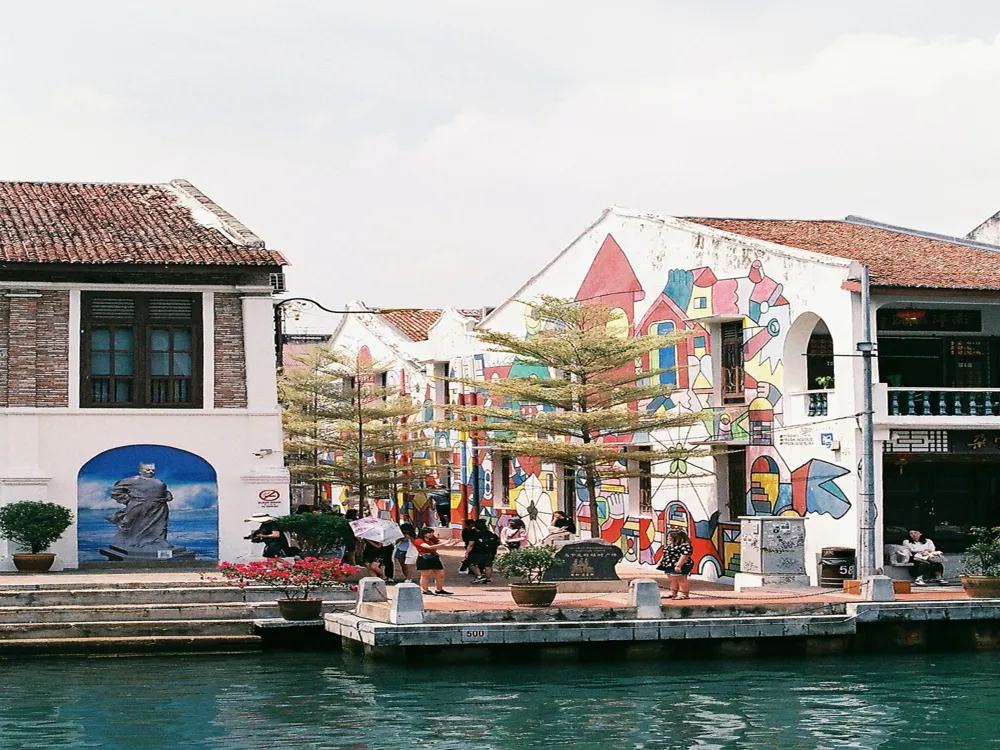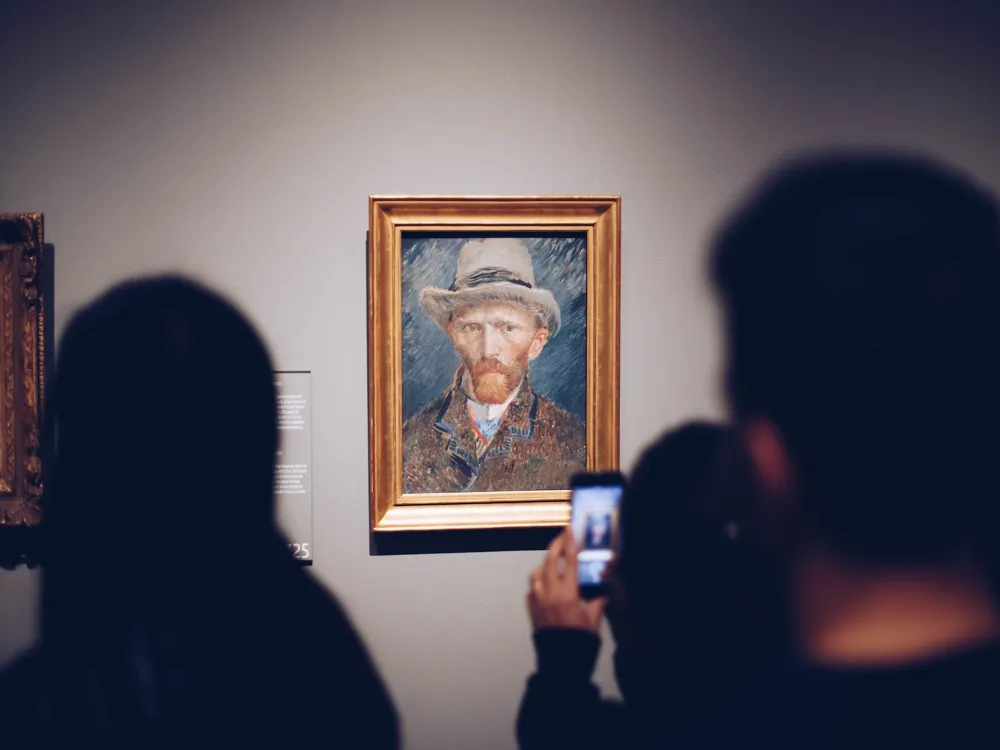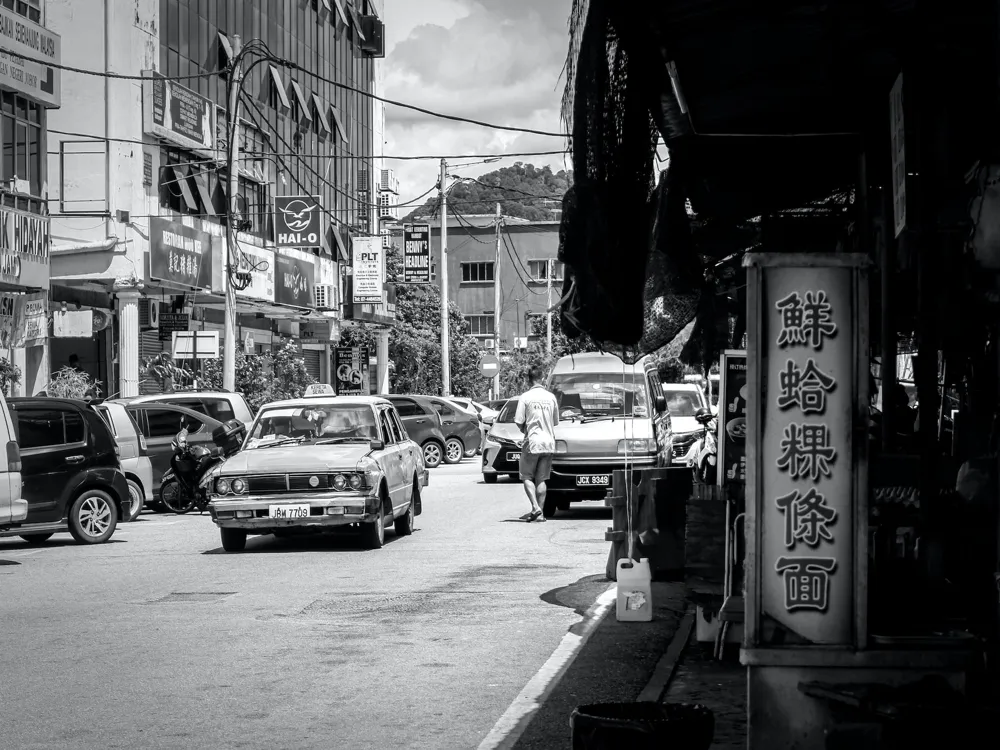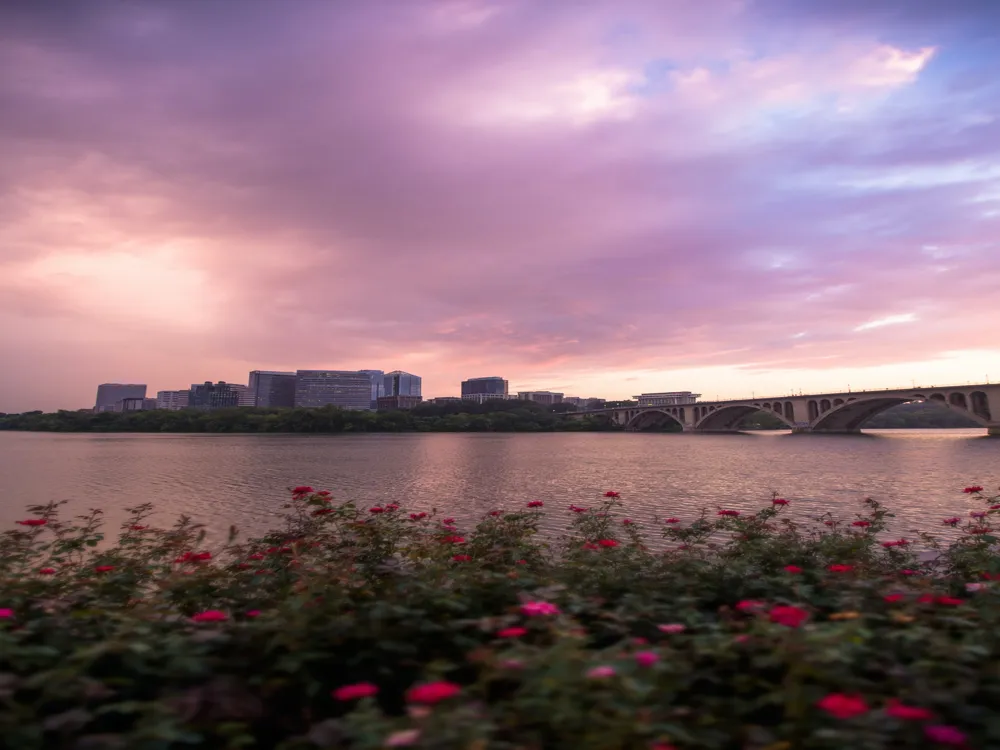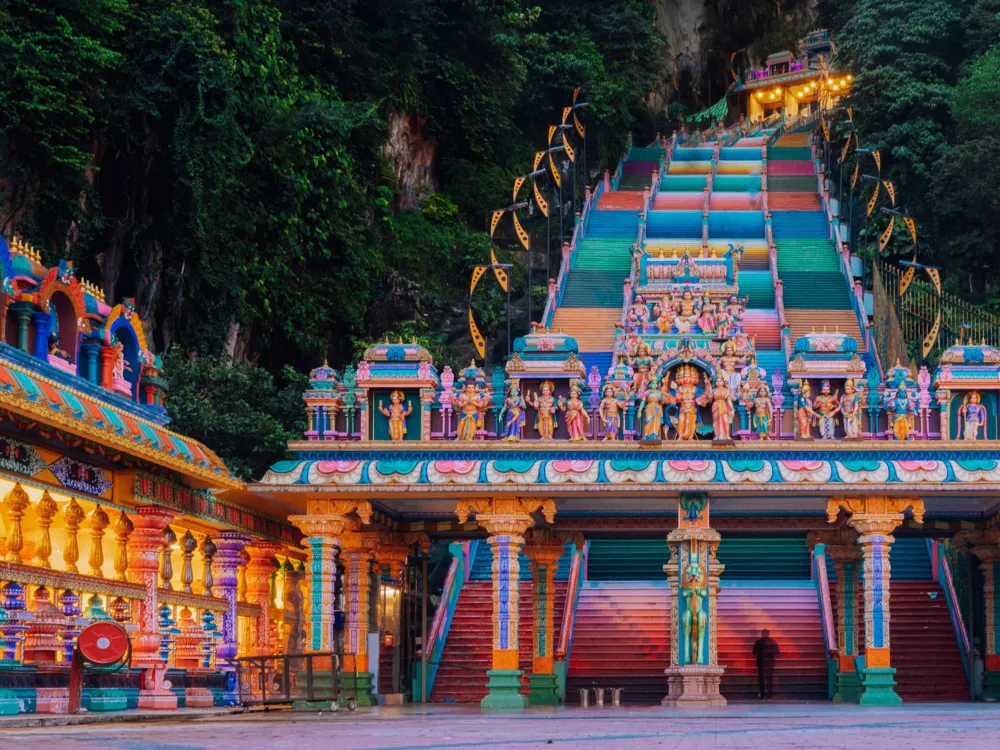Bukit Cina, a significant historical landmark in Melaka, Malaysia, is renowned for its rich heritage and cultural significance. Often referred to as 'Chinese Hill,' this site is the largest Chinese cemetery outside of China, with over 12,500 graves, including some that date back to the Ming Dynasty. The history of Bukit Cina is intertwined with the narrative of the early Chinese settlers in Malaysia, making it a vital link to understanding the cultural and historical evolution of the region. The origins of Bukit Cina can be traced back to the 15th century, during the reign of the Sultanate of Malacca. It was established as a residential area for the Chinese entourage that came with Princess Hang Li Po, who was betrothed to Sultan Mansur Shah. The hill later evolved into a burial ground and has since become an integral part of Melaka's history, representing the harmonious coexistence of different cultures and religions in Malaysia. Visitors to Bukit Cina will find themselves enveloped in a serene atmosphere, surrounded by ancient graves, traditional Chinese architecture, and lush greenery. The site is not only a historical treasure but also a testament to the enduring spirit of the Chinese community in Malaysia. The architecture of Bukit Cina is a remarkable blend of Chinese and Malaysian cultural elements. The graves and tombstones vary in design, ranging from simple, unmarked burial mounds to elaborate and ornately decorated tombs. Many of the older graves feature inscriptions in ancient Chinese scripts, providing a glimpse into the lives of the individuals buried there and the era they lived in. One of the most notable architectural features of Bukit Cina is the Poh San Teng Temple, located at the foot of the hill. The temple, built in 1795, is dedicated to Tua Pek Kong, the deity believed to protect the settlers. The temple's design is a classic example of traditional Chinese religious architecture, with intricate roof designs, colorful wall paintings, and detailed carvings that symbolize prosperity and good fortune. The landscape of Bukit Cina also reflects the principles of Feng Shui, an ancient Chinese practice of creating harmonious surroundings. The positioning of the graves, the undulating terrain of the hill, and the surrounding flora are thoughtfully integrated to create a tranquil and spiritually uplifting environment. Remember that Bukit Cina is not only a historical site but also a sacred place for many. Visitors should maintain a respectful demeanor, avoid loud noises, and dress modestly. The terrain in Bukit Cina can be uneven, with steep paths in some areas. It's advisable to wear comfortable and sturdy shoes to navigate the terrain easily. The tropical climate of Melaka can be hot and humid. Carry water to stay hydrated and use sun protection like hats, sunglasses, and sunscreen. Bukit Cina is home to a variety of wildlife. While exploring, it's important to be aware of your surroundings and not disturb the natural habitat. For a more informative experience, consider hiring a local guide who can provide deeper insights into the history and significance of Bukit Cina. Bukit Cina is easily accessible from various parts of Melaka. Visitors can choose from several modes of transportation: By Car: If driving, Bukit Cina is reachable via the main city roads and is well-signposted. There is parking available nearby. By Public Transport: Local buses and taxis are available from Melaka city center. The nearest bus stop is a short walk from Bukit Cina. By Foot: For those staying in the city center, Bukit Cina is within walking distance, allowing visitors to enjoy the sights and sounds of Melaka along the way.Overview of Bukit Cina in Melaka
Architecture of Bukit Cina
Tips When Visiting Bukit Cina
Respect the Site's Cultural Significance
Wear Comfortable Footwear
Stay Hydrated and Protected
Be Mindful of Wildlife
Hire a Local Guide
How To Reach Bukit Cina
Bukit Cina
Melaka
NaN onwards
View melaka Packages
Weather :
Tags : Cemetery
Time Required : Less than 1 hour
Timings : 24 hours
Planning a Trip? Ask Your Question
Melaka Travel Packages
View All Packages For Melaka
Top Hotel Collections for Melaka

Private Pool

Luxury Hotels

5-Star Hotels

Pet Friendly
Top Hotels Near Melaka
Other Top Ranking Places In Melaka
View All Places To Visit In melaka
View melaka Packages
Weather :
Tags : Cemetery
Time Required : Less than 1 hour
Timings : 24 hours
Planning a Trip? Ask Your Question
Melaka Travel Packages
View All Packages For Melaka
Top Hotel Collections for Melaka

Private Pool

Luxury Hotels

5-Star Hotels

Pet Friendly








